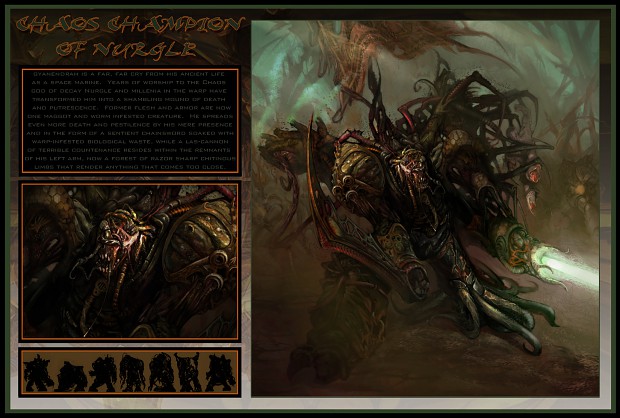Sanguinius
Stefan joined
SPACE SPACE SPACE SPACE SPACE SPACE SPACE SPACE SPACE SPACE SPACE SPACE SPACE SPACE SPACE SPACE SPACE SPACE SPACE SPACE SPACE SPACE SPACE SPACE SPACE SPACE SPACE SPACE SPACE SPACE SPACE SPACE SPACE SPACE SPACE SPACE SPACE SPACE SPACE SPACE SPACE SPACE SPACE SPACE SPACE SPACE SPACE SPACE SPACE SPACE SPACE SPACE SPACE SPACE SPACE SPACE SPACE SPACE SPACE SPACE SPACE SPACE SPACE SPACE SPACE SPACE SPACE SPACE SPACE SPACE SPACE SPACE SPACE SPACE SPACE SPACE SPACE SPACE SPACE SPACE SPACE SPACE SPACE SPACE SPACE SPACE SPACE SPACE SPACE SPACE SPACE SPACE SPACE SPACE SPACE SPACE SPACE SPACE SPACE SPACE SPACE SPACE SPACE SPACE SPACE SPACE SPACE SPACE SPACE SPACE SPACE SPACE SPACE SPACE SPACE SPACE SPACE SPACE SPACE SPACE SPACE SPACE SPACE SPACE SPACE SPACE SPACE SPACE SPACE SPACE SPACE SPACE SPACE SPACE SPACE SPACE SPACE SPACE SPACE SPACE SPACE SPACE SPACE SPACE SPACE SPACE SPACE SPACE SPACE SPACE SPACE SPACE SPACE SPACE SPACE SPACE SPACE SPACE SPACE SPACE SPACE SPACE SPACE SPACE SPACE SPACE SPAC
Nurgle is one of the four major Ruinous Powers. He is titled the Great Lord of Decay and represents morbidity, disease and physical corruption. Of the four Gods of Chaos he is said to be the most involved with the plight of mortals. Those afflicted by his contagions often turn to him in order to escape their suffering. The physical likeness of Nurgle is described as gigantic and bloated with corruption, with foul-coloured leathery and necrotic skin.
Nurgle is also the Lord of All, because all things, no matter how solid and permanent they seem, are liable to physical corruption:
"Indeed, the very process of construction and creation foreshadow destruction and decay. The palace of today is tomorrow's ruin, the maiden of the morning is the crone of the night, and the hope of a moment is but the foundation stone of everlasting regret."1
All gods are embodiments of the hopes, fears and other strong emotions and concepts generated by the mortal races. In Nurgle's case, the source of power is the livings' fear of inevitable death and disease, and their unconscious response to that fear, which is the "power of life", the motivating power of mankind and other races.
Nurgle and his daemons, in contrast to their putrid appearance, are jovial and friendly in demeanor. His daemon servants and mortal followers usually demonstrate a disturbing joviality and joy at the pestilence that he inflicts, seeing the plagues as gifts and the cries of their victims as gratitude rather than agony. This is demonstrated on the Daemon World of Bubonicus, where an endless chain of crazed revellers circle the planet's equator in a never ending dance. He is often referred to as Grandfather Nurgle, Father Nurgle or Papa Nurgle by his followers because of his paternal nature.
Nurgle's main enemy is Tzeentch, the Lord of Change, because their power comes from opposing sources. Tzeentch is hope and ambition, while Nurgle is defiance born of despair and hopelessness.






